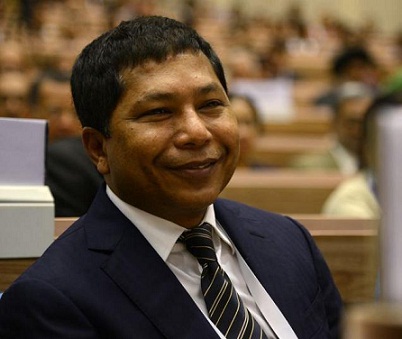
SHILLONG, MAR 18: Meghalaya chief minister Mukul Sangma on Friday said there is a need for a new financial architecture to be adopted by both the central and state governments to avoid confusion in term of the capital & revenue expenditure and fiscal health of the state.
“We are waiting for that and I hope from next financial year onwards this whole new financial architecture will take effect which will give clearer picture for everyone who would like to look at the budget and budgetary allocations,” Sangma told the Assembly in his reply to the budget discussion on Friday.
The new financial architecture was as part of the recommendation made by the 14th Finance Commission, which was approved and accepted by the union government.
Referring to the union budget 2016-17, Sangma said, “We heard that the Union Finance Minister had mentioned that from the next financial year – 2017-18, the overall segregation between plan and non-plan expenditure will be almost done away with.”
“The necessary approach to give that kind of new financial architecture is being worked out,” he said.
According to him, the reason why there is a need for a new financial architecture to be adopted by the state and the union government is that it is quite confusing to understand how much expenditure is passed for capital expenditure than what is projected in the budget is always more and the actual spending on revenue expenditure is usually less than what is projected.
“But it is because of the accounting system of the ministry of finance based on which when funds are released to be spend the capital expenditure are also tag with the head for revenue expenditure. So this is something which is required to be corrected,” he said.
He also said, “That is why there is a need for restructuring the financial architecture and accounting system vis-à-vis the heads as to which part should be reflected in revenue account and which to be taken away from revenue account, then we will have the correct figure.”
Stating though the projected revenue expenditure indicated at 1913 crore for 2016-17, Sangma said, “It will be more in respect with actual spending for creating assets and for other developmental programmes.”
According to him, the government would like to minimize the quantum of expenditure under revenue account but it is necessary to take care of the critical gap in the absence of proper effective mechanism to ensure departments implement the schemes which are supposed to reach the targeted population.
Stating there is need to understand about the fiscal deficit, which reflects the financial health of the state, he said, “If we look at total receipts which is at 10,173 crore and total expenditure of 10, 103 crore excluding the repayment of loans, we can easily understand that we still have certain amount from the total receipts of 10, 173 crore if we look at the actual projected expenditure of 10, 103 crore, but we also have the obligation of repaying the loan.”
Referring to the total revenue expenditure projected at 8594 crore and capital expenditure at 1913 crore, he said, “There is a need for us to spend more on those programmes, which enables us to create durable assets and create that kind of investment which generate actual opportunities for our people, increase their income and create employment, takes care of important investment requirement in term of infrastructural sector, social sector and those sectors linked with livelihood like agriculture and allied sectors.”
Stating that the budget has reflected various initiatives of the government vis-à-vis priorities, Sangma however said, “We all are aware that the whole initiatives are influence by the overall global economy,” adding “If my budget speech has reflected the overall projected reduction in the receipts of the total receipts of the central taxes by Government of India, this whole fallout is an outcome of the global economy.”
Pointing out that the growth momentum at the global level has slowed down, he said there is an impact of slowing down of global economy and no country is insulated from this phenomenon and obviously the state are also not insulated.
“If there is reduction in the total receipts of the share of taxes by the centre, there is also reduction in the shares to be made from this to the states,” he said.
According to him, the projected figure for the state was 4291 crore as per the union budget but the reduction has been almost closed to 600 crore thereby putting the entitlement for the state only at 3668 crore.
“Therefore there is a substantial reduction and this reduction has definitely affected our actual initial strategy as to how we wanted to channel the investment to different sectors,” he added.
He however claimed that notwithstanding this, the state had been able to ensure that it do not land up in dislocating the momentum of growth that it has created and generated in the last few years.
“Therefore we have to anticipate and anticipation is something which is very important for all of us while actually thinking of wisely spending the resources of the state for the overall development and growth of the state and that is exactly the reason why we have to embarked upon number of initiatives including putting in place which will enable us to minimize the avoidable expenditures by various lines departments and government establishments by imposing 20% cut on non-plan expenditure,” he said.
Meanwhile, the chief minister also informed that as per the new series with a base year 2011-12, the estimated Gross State Domestic Product (GSDP) for 2015-16 was at Rs 27,304 crore against the projected GSDP of Rs 30, 034 crore during the year 2016-17.
He informed the house that as per old series with the base year of 2004-05, the GSDP at current prices registered an average annual increase of almost 15% during the year period of 2010-11 to 2014-15,” adding that the per capita income during 2015-16 was estimated at Rs 83,474 as compare to Rs 89,890 in 2016-17.-By Our Reporter



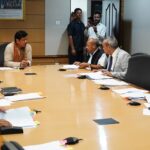






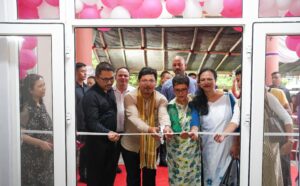
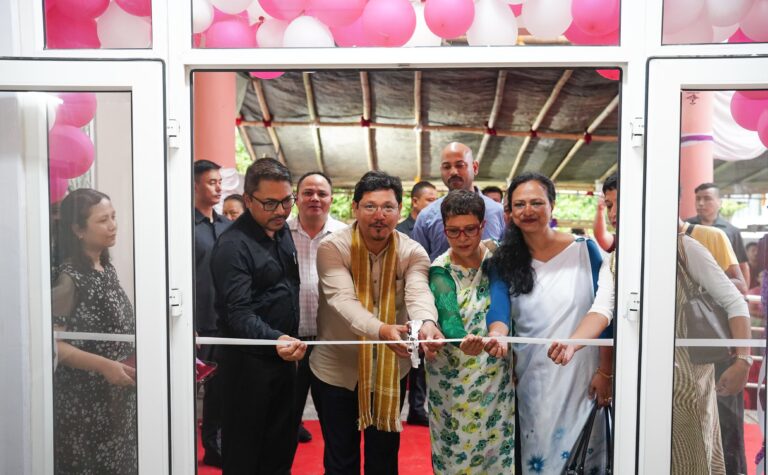
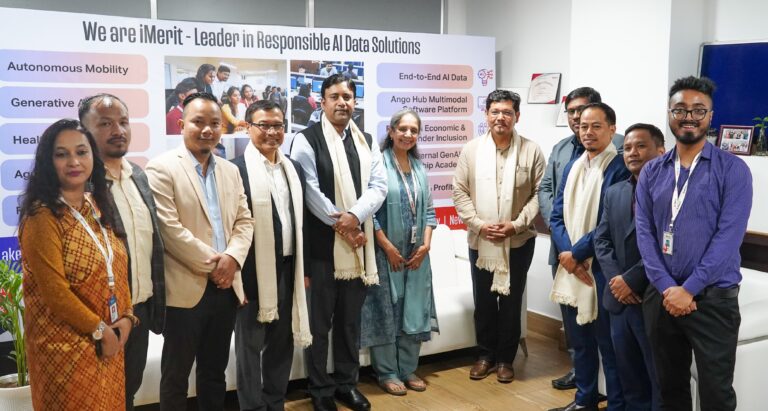
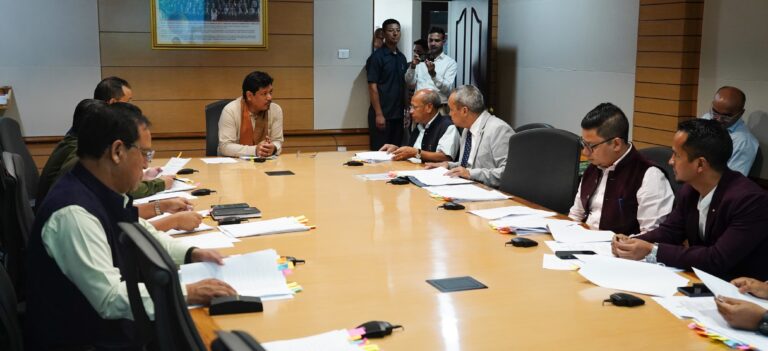


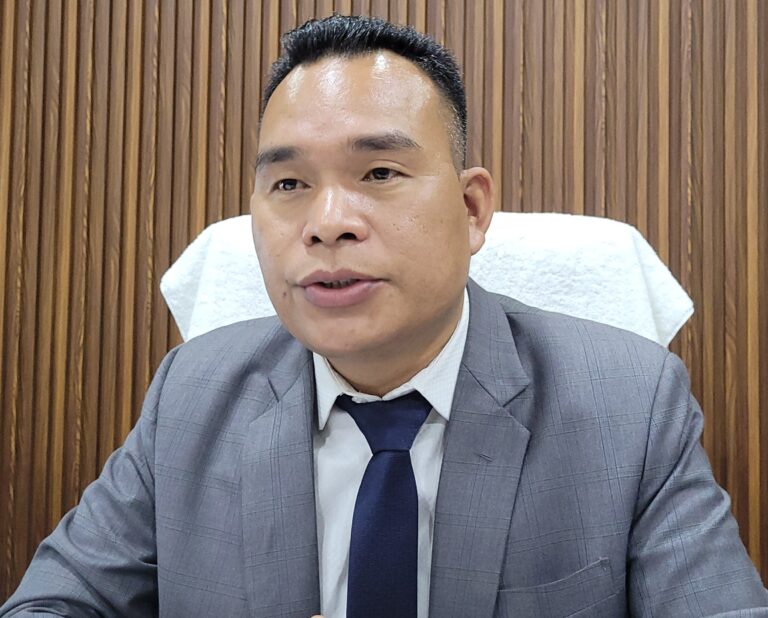
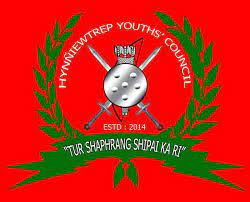
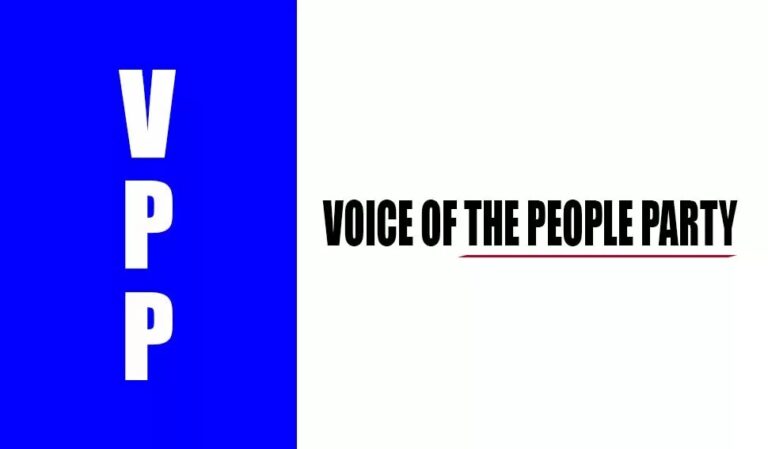

Non-plan should be cut by 80%, because Officers corrupt more from non-plan than from plan.